R&D, PLM, PDM
Reducing the preparation cycle for design-engineering documents by 40-60 %. Reducing time to amend the design-engineering documents and to bring those to the key units by 40%.
Tasks covered by the solution
Unifying and synchronizing all master data stored in different information systems of the enterprise
Generation of a regulatory database, which shall provide an efficient and comprehensive production preparation
saving sufficient funds that may be lost while Integration of an ERP-system and a CAD-system in a unified information space, a sufficiently speeded up new products designing process, developing failure projects
Providing storage of all engineering documents in a unified information space; increasing information storage reliability and confidentiality
Formation of optimal production plans, minimization of the cost of raw materials and materials for prescription production
Automation of business processes management, reducing the time for completion thereof
Finding “bottle-necks” in R&D business processes; assisting the employees to improve their productivity
Can work as a complete system and separately
IT solution benefits
Identify weaknesses in the target business area and help to build an effective management system
Generating a unified classifier of products, parts, assembly units, tools, design-engineering documents etc.
A preset general machine building classifier with 1000 filled in facet directories
Providing integration with the most popular CAD systems
Considering specific features of work organization for the process service at large enterprises
General models design tool for calculation of design and process parameters
Automation of documents development, approval, change and storage in different formats
Get a quick 1-on-1 consultation
How the implementation takes place
The stories of companies that have already strengthened their business thanks to us
Industry solutions
This solution usually goes in the package with others
The following components help to increase the efficiency of the decision
Receive
our business proposal
Receive
our business proposal
Fill the form
our business proposal
our business proposal




